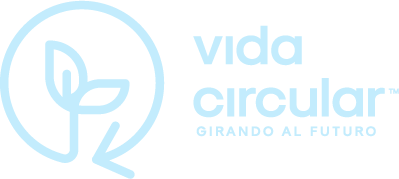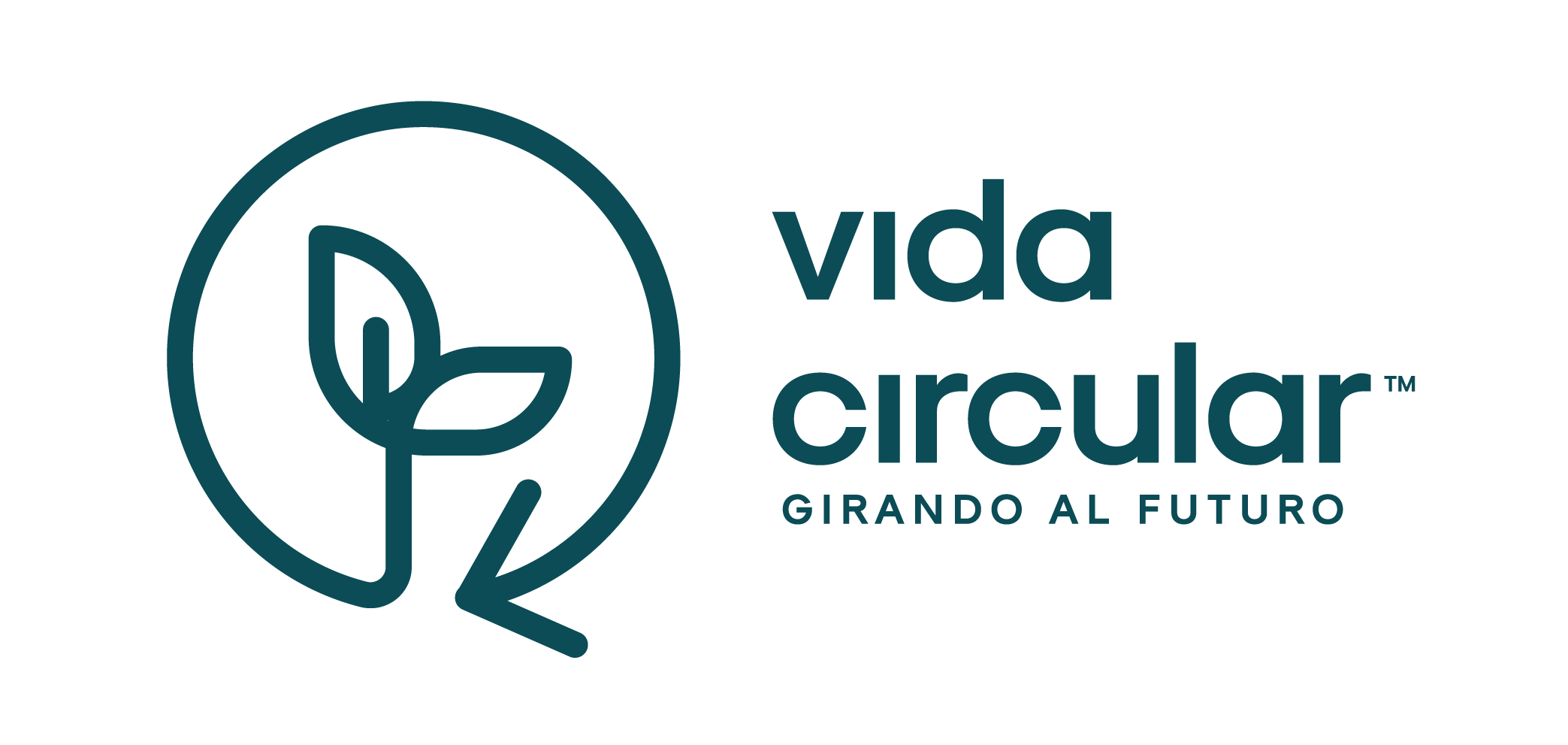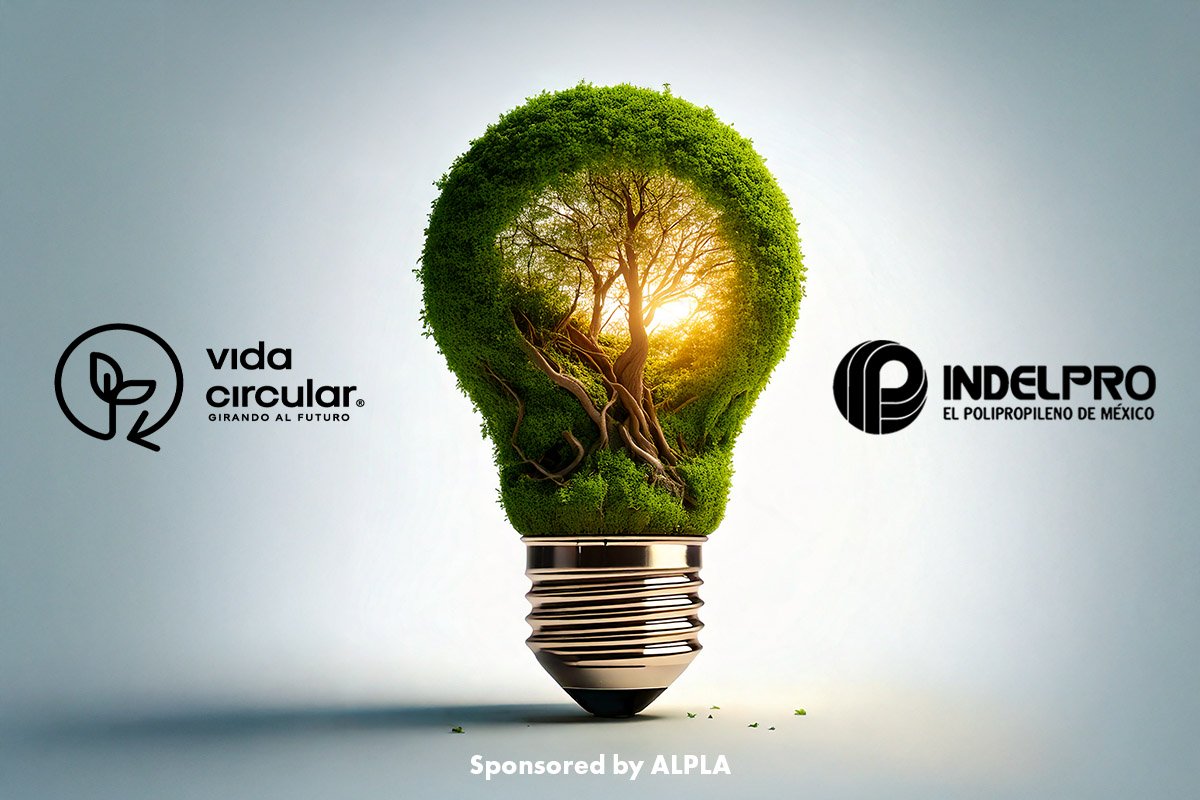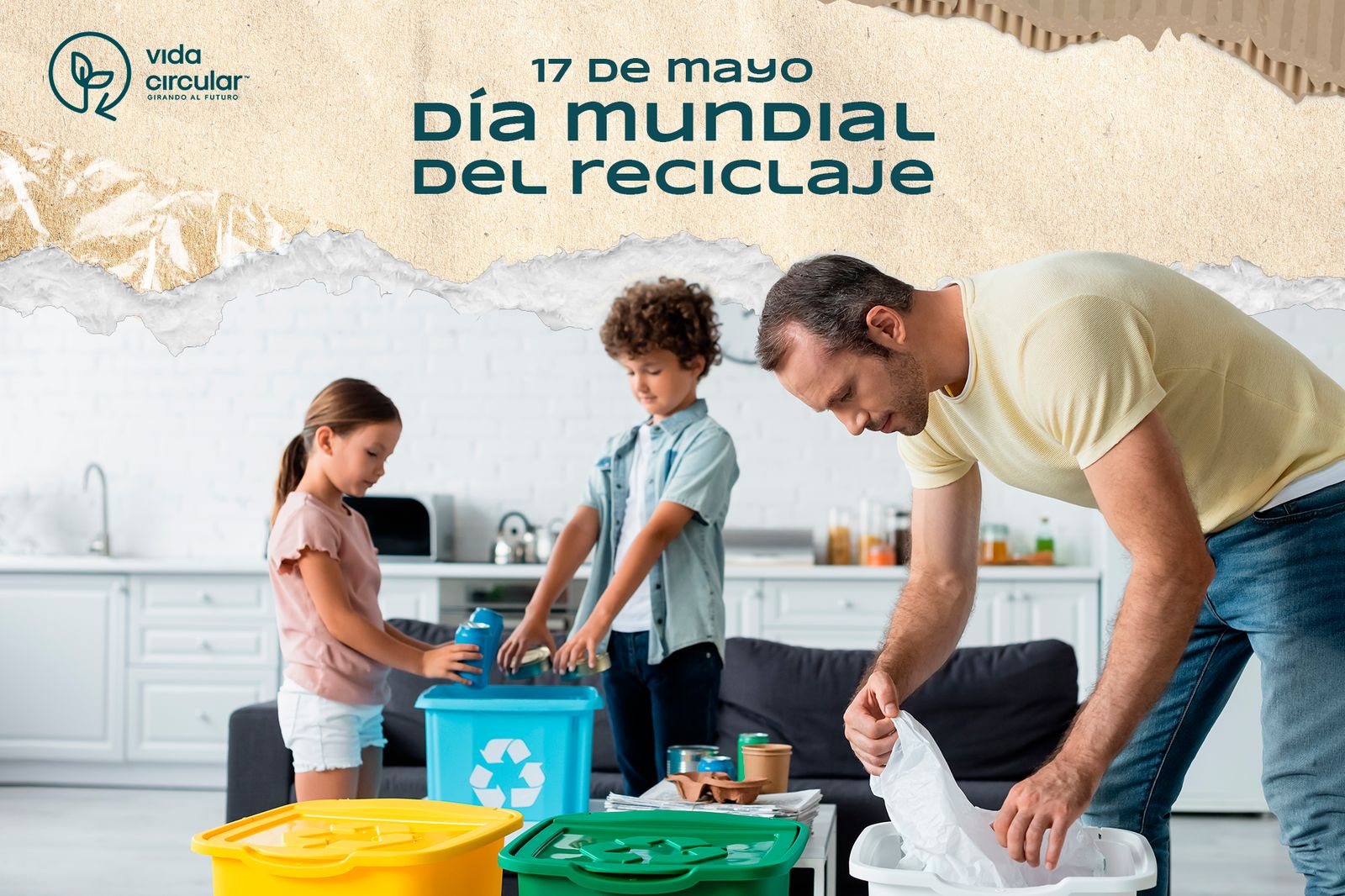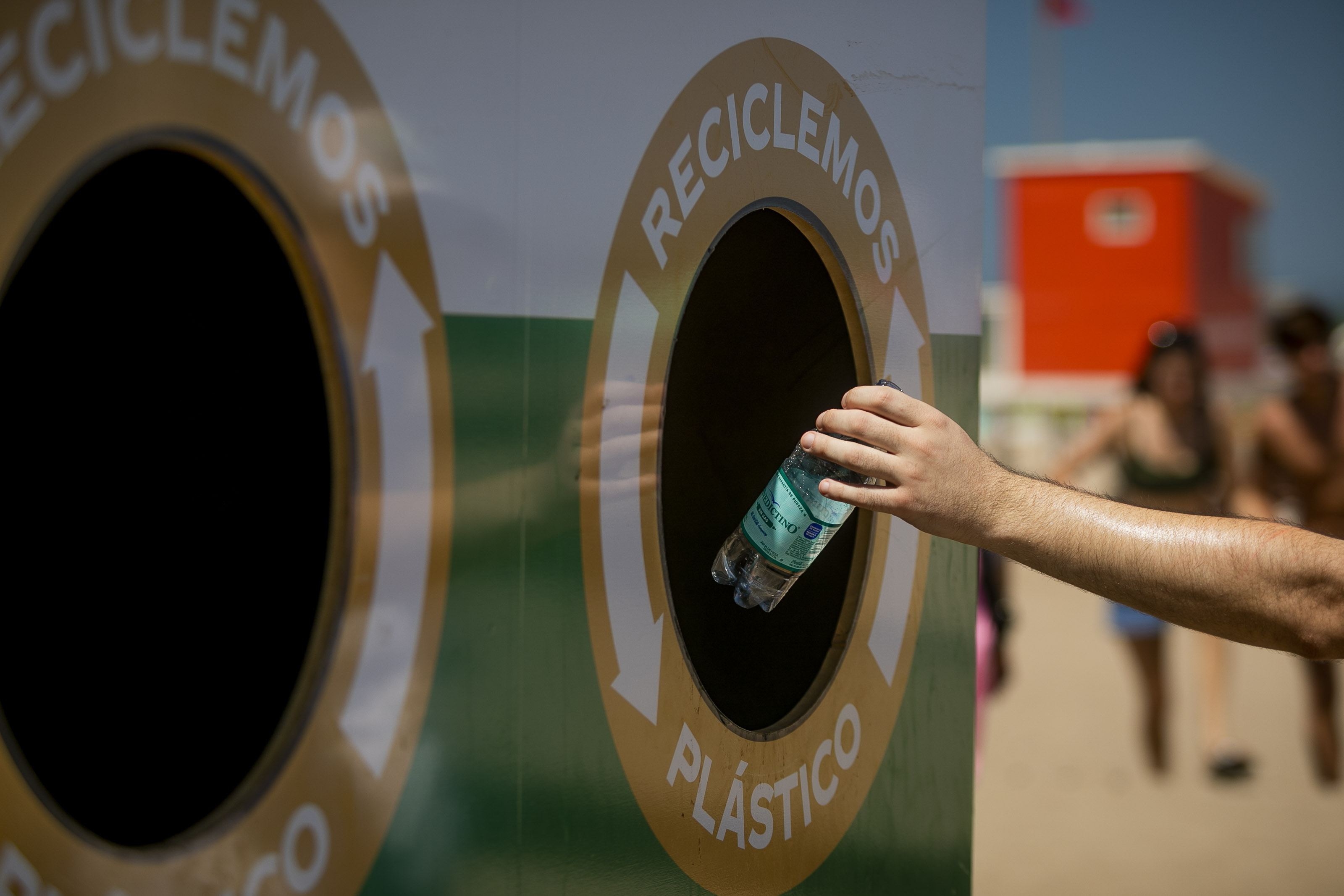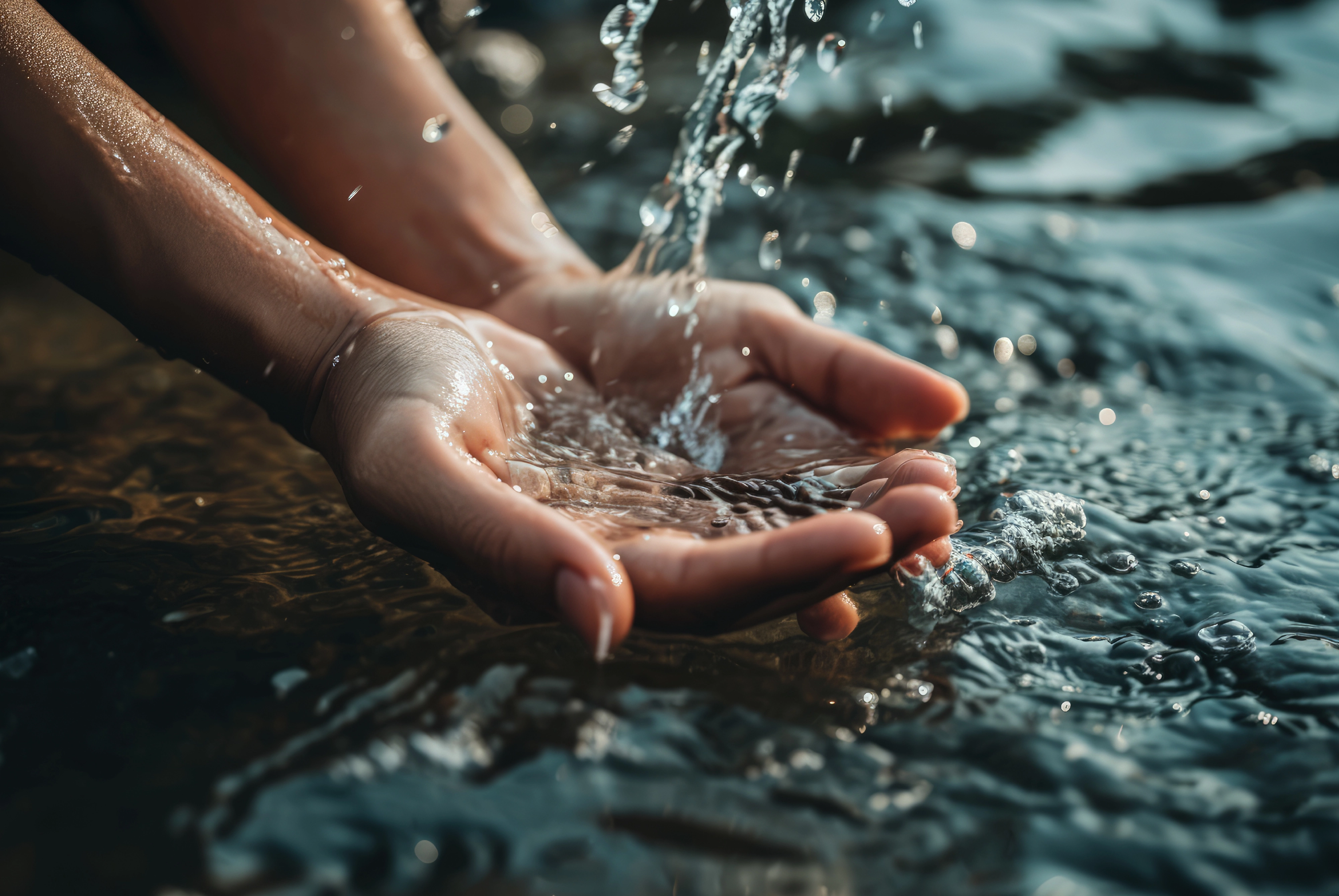
10 water pollution solutions that make a difference
Water pollution occurs when chemical, physical or biological substances alter its natural composition, making it dangerous to health and harmful to ecosystems. Some of the causes of water pollution can be caused by our activities, such as the dumping of industrial or agricultural waste, or even by natural phenomena such as a volcanic eruption. According to the World Health Organization, about five million people die each year from drinking contaminated water. This is a very serious problem that we cannot ignore.
Main water pollutants
When we talk about water pollutants, it is important to know that they can come from two sides: from nature or from what we humans do. Both have a strong impact, but many times we are the ones who contribute the most to the problem. Here we share with you which are the main ones:
- Industrial waste
Imagine all the factories and industrial plants in the world. Often, the waste they produce, such as heavy metals, toxic chemicals or untreated water, ends up in rivers, lakes or even the sea. This not only affects the water, but also the life that depends on it. - Intensive agriculture
Modern agriculture uses tons of fertilizers and pesticides to increase production. The problem is that when it rains, many of these chemicals leach into the soil and end up reaching bodies of water. Not only that, but farm animal excrement can also end up polluting nearby rivers and ponds. - Urban waste
Everything we throw away at home, on the street or in cities has to go somewhere. Untreated sewage and piles of solid waste end up in rivers and seas, often because there are no adequate waste management systems or simply because of carelessness. - Oil spills
When you hear about accidents on oil rigs or ships carrying crude oil, you know the damage is enormous. These spills affect coasts, seas and the life that depends on them. What's worse is that these disasters take years to clean up, if ever completely. - Household chemicals
This is something we sometimes don't consider. Detergents, oils, paints and even medicines that we dispose of incorrectly also find their way into the water. Although they may seem harmless, all these products have a huge impact on water quality and ecosystems.
10 solutions to water pollution
Water pollution is a huge problem, but there are many things we can do to reduce its impact. Some actions are bigger, like building infrastructure, but others start at home. Here are 10 solutions that can make a difference:
Construct and maintain wastewater treatment plants.
Cities need efficient systems to treat water before returning it to rivers and seas. These plants remove waste and pollutants from wastewater, helping to keep water bodies clean. Without them, everything we throw into the sewers goes straight into the environment.
2. Promote sustainable agricultural practices
Agriculture can be a major source of pollution, but this can be avoided by using organic fertilizers, controlling the use of pesticides and applying responsible irrigation techniques. This not only protects water, but also improves soil quality and crop health.
3. Strict control of industrial waste
Factories and industries generate a large amount of waste, from heavy metals to hazardous chemicals. Stricter laws are key to ensure that they treat their waste properly and adopt clean technologies that reduce pollution at source.

4. Protect natural ecosystems such as wetlands and mangroves.
These ecosystems are like natural water filters. Wetlands, for example, eliminate pollutants and maintain water quality. Taking care of them and preventing their destruction is essential to preserve this resource.
5. Promoting eco-design and circular economy.
Companies should design products thinking about how they will be manufactured, used and disposed of. For example, creating packaging that is easy to recycle or using biodegradable materials helps reduce the amount of waste that ends up polluting water.
6. Do not pour oil down the sink
When we pour oil down the sink or drain, it contaminates large amounts of water because it is difficult to separate. It is best to store it in a container and take it to a recycling center or dispose of it properly.

7. Saving water on a daily basis
Small changes make a big difference. Turn off the faucet while brushing your teeth, use a bucket instead of the hose to wash the car, and fix any leaks at home. You can also collect rainwater to water plants.
8. Avoid using harsh chemicals in cleaning
Many cleaning products contain chemicals that end up polluting the water. Opt for greener alternatives, such as baking soda, vinegar or biodegradable products, which are just as effective.
9. Separate waste and do not throw garbage in the street.
All the garbage we throw on the street can eventually reach rivers or seas. Separating waste and depositing it in the right place helps reduce this problem. Also, participate in recycling programs in your community.
10. Do not dispose of medicines in the toilet or sink.
Flushing expired medicines down the toilet or sink contaminates the water, as many of their chemical components are not removed by treatment systems. Take them to specialized collection centers, such as pharmacies that accept expired medicines.
Causes of Water Pollution: Main Actions
What are we doing wrong?

Imagine a factory that produces tons of products a day. Now imagine that all the dirty water they use, full of toxic chemicals and heavy metals, is dumped directly into a nearby river. This happens more than we think, especially in places where there are no strict regulations. The result: rivers and lakes full of substances that harm animals, plants and, eventually, us.
The field, although it produces food for everyone, is also a source of contamination when it is not well managed. Fertilizers and pesticides used to protect crops often end up in the water through rain or irrigation. These chemicals reach rivers, lakes and even groundwater, affecting aquatic life and contaminating the water we later use.
When we cut trees without control, we not only lose forests; we also deprotect the soil. Rain washes large amounts of soil and sediment into bodies of water, making them turbid and making it difficult for aquatic plants to receive sunlight. In addition, this affects the animals that live in the water and reduces the quality of water for human consumption.
Incredible as it may seem, many people still throw garbage directly into rivers, lakes and seas. From plastic bottles and bags to old household appliances, this waste accumulates and affects the entire aquatic ecosystem. In addition, plastics, for example, take centuries to decompose and fragment into microplastics that end up in the food chain.
And what are the consequences of all this?
The consequences of these actions are serious, both for the environment and for us. Here are some of them:
- Loss of biodiversity
Pollution affects fish, birds, plants and other organisms that depend on clean water to survive. When water is polluted, many of them cannot adapt and disappear. This disrupts the balance of ecosystems and affects the entire environment.
- Public health problems
Contaminated water can transmit serious diseases such as cholera, typhoid fever or chronic diarrhea. In addition, drinking water with toxic chemicals, such as heavy metals, can cause kidney and liver damage and even neurological problems.
- Shortage of drinking water
Every time we pollute a river or a lake, we reduce the amount of water available for human consumption. If we continue on this path, more people will have difficulty accessing clean water, a resource that is already limited in many parts of the world.

Pathways to sustainable water management
Taking care of water and managing its use in a sustainable way does not have to be complicated or far away. In fact, it all starts with small steps that each of us can take. For example, something as simple as reducing the use of chemicals at home, such as harsh detergents or pesticides, already makes a big difference. We can also adopt more responsible practices, such as not littering, using water sparingly and learning to recycle properly.
But this is not something we can solve alone. This is where the importance of businesses, governments and citizens working as a team comes in. Businesses can innovate cleaner and more efficient processes; governments can establish regulations that protect our rivers, lakes and seas; and we, the citizens, can be more conscious in our daily decisions.
The goal is clear: to ensure that this essential resource will continue to be there, not only for us, but also for generations to come. It may sound ambitious, but if everyone does their bit, this change towards sustainability will not only be possible, but inevitable. In the end, caring for water is caring for life itself.
Conclusion on water pollution
Caring for water is not something we can continue to put off until later. Today, more than ever, we know that our actions, both large and small, have a direct impact on the quality and availability of this vital resource. What we do at home, at work or in public policies can make the difference between a future with clean water or one full of shortages.
It's not just about avoiding pollution; it's about understanding that water is life, and every effort adds up. We can change habits, demand better practices from companies and governments, and learn to be more responsible with what we do.
In the end, this is not only a problem, it is also a great opportunity. If we work together, we can ensure that the next generations will also be able to enjoy this essential resource. Caring for water is not something for just a few, it is everyone's job, and we still have time to do it.
